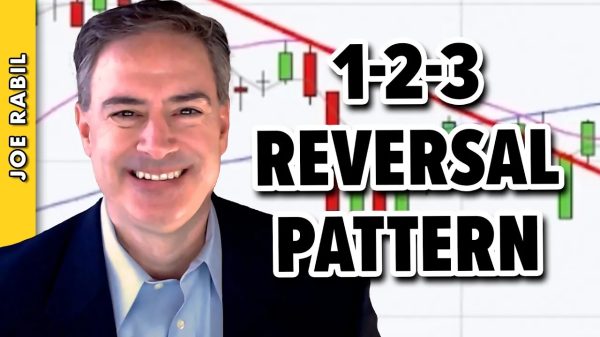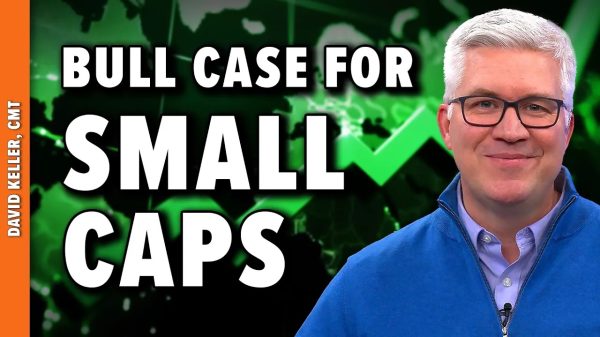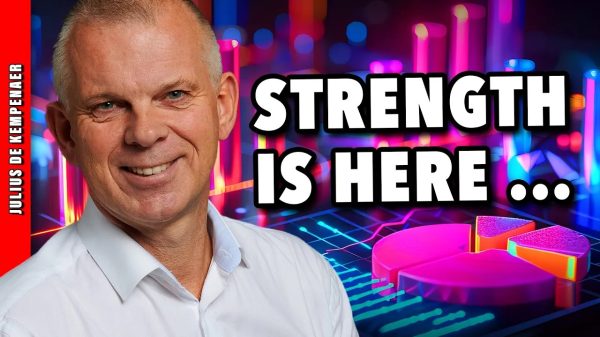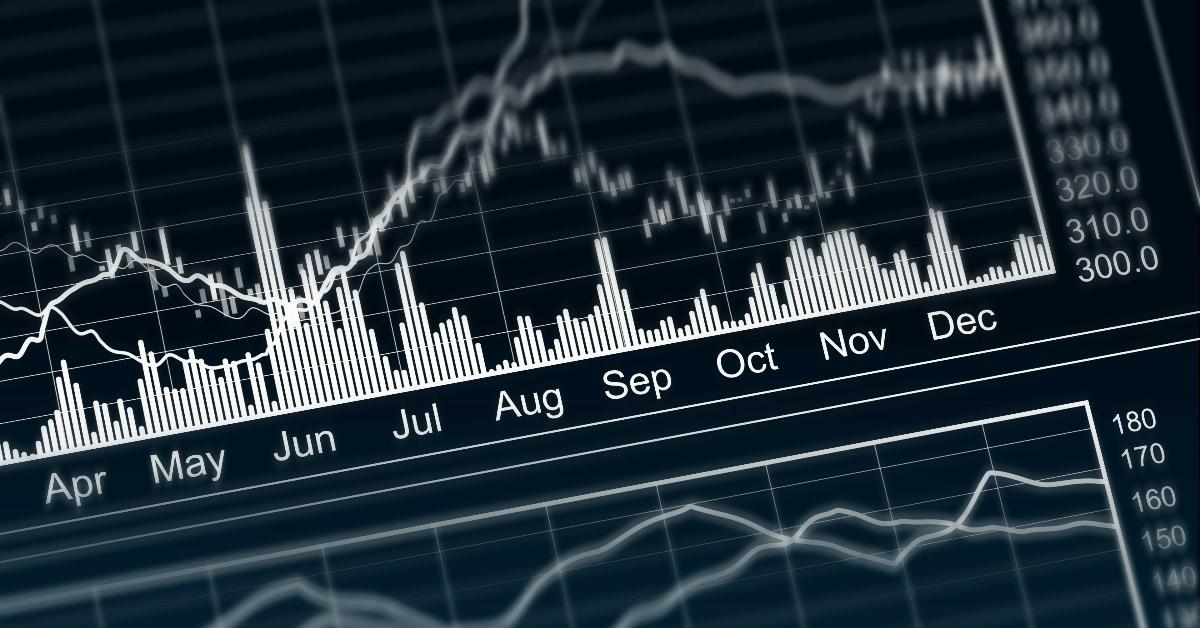Econometric model building attempts to produce a laboratory with controlled variables. By means of mathematical and statistical methods, an economist establishes functional relationships between various economic variables.
For example, personal consumer outlays are related to personal disposable income and interest rates, while fixed capital investments are explained by the past stock of capital, interest rates, and economic activity. A group of such estimated relations constitutes an econometric model.
A comparison of the goodness of fit of the dynamic simulation versus the actual data is an important criterion in assessing the reliability of a model. (In a static simulation, the model is solved using actual lagged variables. In a dynamic simulation, the solution is obtained by employing calculated from the model-lagged variables.)
The final test of the model is its response to a policy variable change, such as an increase in taxes or an increase in government outlays. By means of a qualitative assessment, a model builder decides whether the response is reasonable or not. Once the model is successfully constructed, it is ready to be used.
Is the Mathematical Method Valid in Economics?
Econometric modeling, however, employs an unsound methodology by trying to capture human behavior by means of mathematical and statistical methods. By applying mathematics, mainstream economists are attempting to emulate the natural sciences, where the employment of mathematics enables scientists to formulate the essential nature of objects.
Mathematical equations capture the response of objects to a particular stimulus. Consequently, the same response will be obtained repeatedly within these given conditions. The same approach, however, is not valid in economics since economics deals with human action, not objects.
The main characteristic or nature of human beings is that they are rational animals, using their minds to sustain life. The human mind is not set to follow automatic procedure, but rather every individual employs his mind according to his own circumstances. Thus, it is impossible to capture human nature via mathematical formulas as is done in the natural sciences. Individuals can choose to pursue actions contrary to past observations, and because humans have unique natures, economic analysis can only be qualitative.
Furthermore, pursuit of quantitative analysis implies it is possible to assign numbers that can be subjected to all the operations of arithmetic. To accomplish this, it is necessary to define an objective fixed unit, but such an objective unit does not exist in the realm of human valuations. On this Ludwig von Mises wrote, “There are, in the field of economics, no constant relations, and consequently no measurement is possible.”
There are no constant standards for measuring the minds, the values, and the ideas of people. Valuations are how conscious, purposeful individuals assess reality. Once someone establishes the facts, he then assesses which of these established facts will help him attain his chosen ends.
Individuals’ Goals Determine Valuation Standards
Individual goals set the standard for valuing facts. For example, if someone wishes to improve his health, then he would try to find what benefits his health and what does not. Of products that are expected to benefit him, some are more effective than others, although it is impossible to quantify this effectiveness. All one can do is rank these goods according to their perceived effectiveness.
The use of mathematics in economic analysis poses another problem. Mathematical functions imply that human actions are set in motion by measurable factors. However, contrary to the mathematical way of thinking, individual purchases of goods are not “caused” by changes in real income or something similar. Instead, each person decides how much of a given income will be used for consumption and how much for savings. While it is true that individuals respond to changes in their incomes, the response is not automatic, and it cannot be captured by a mathematical formula. Increasing one’s income does not automatically imply that one’s consumption expenditure will follow suit, as a person assesses an increase in income in light of one’s goals.
The Validity of Probability in Economics
Econometrics depends upon probability, which is the proportion of times an event occurs out of numerous trials, such as determining the probability of obtaining heads 50 percent of the time when a coin is tossed. This does not mean that when a coin is tossed ten times, five heads are always obtained. However, if the experiment is repeated a large number of times, then it is likely that 50 percent will be obtained. The greater the number of throws, the nearer the approximation is likely to be.
Alternatively, assume that in a particular area the probability of wooden houses catching fire is 0.01. This means that based on experience, on average, 1 percent of wooden houses will catch fire. This does not mean that this year or the following year the percentage of houses catching fire will be exactly 1 percent. The percentage might be 1 percent each year or not. Over time, however, the average of these percentages is going to be 1 percent. This information, in turn, can be converted into the cost of fire damages, thereby establishing the case for insuring against the risk of fire.
Owners of wooden houses might decide to protect themselves against the risk of fire by setting up a fund. Every owner of a wooden house will contribute to the fund according to a certain proportion to the total amount of money that is required in order to cover the damages of those owners whose houses will be damaged by the fire.
Note that insurance against the fire risk can only take place because we know its probability distribution and because there are enough owners of wooden houses to spread the cost of fire damage among them so that the premium will not be excessive. The owners of wooden houses are all members of a particular group or class that will be affected in a similar way by a fire. We know that, on average, 1 percent of the members of this group will be affected by fire. However, we do not know exactly who it will be. The important thing for insurance is that the members of a group must be homogeneous regarding a particular event.
In economics, however, we do not deal with homogeneous cases. Each observation is a unique, nonrepeatable event caused by a particular individual response. Consequently, no probability distribution can be established.
Take entrepreneurial activities, for example. If these activities were repeatable with known probability distributions, then entrepreneurs would be unnecessary. After all, an entrepreneur arranges his activities toward finding out consumers’ future choices. Consumers’ requirements are never constant with respect to a particular good. Hence, human activities cannot be analyzed in the same way that one would analyze objects. To make sense of historical data, one must scrutinize the data not by means of mathematical and statistical methods but by trying to understand how it emerged.
Economics Is Not about Gross Domestic Product but about Purposeful Conduct
Econometric models often are designed with Keynesian economic thinking in mind. The main variable in many of these models is the gross domestic product, which is described within the model framework by the interactions between various lumped data known as aggregates.
The interaction between various aggregates in the model framework gives the impression that the economy is about gross domestic product and not about human beings. Furthermore, given that humans exercise freedom of choice, policy analysis by means of models is suspect. After all, to assume that a change in government policy would leave the structure of equations intact would mean that individuals in the economy ceased to be alive and were, in fact, frozen.
Conclusion
Using econometrics in economics attempts to produce a laboratory where controlled experiments can be conducted. However, econometric modeling employs an unsound methodology: it tries to capture human behavior by means of mathematical and statistical methods without taking into account what we know about human action.























